Your Expression of Song Can Exist
Limited Time Rock Group “Rainbow Prism Complex” plays at the Junior High School Talent Show in Spring 2019. (members from the left are Ben Drinkwater, William Polk, and Avery Steadham)
September 30, 2021
Many musicians sit down and stare at a wall when approaching the start of writing a song. Where does one start? Your chords? The feeling? The name? The lyrics? All are acceptable, as every musician does it differently, but if one is stuck there is one way to get it off the ground.
Starting with finding the general feeling can be beneficial to an artist. If you want your song to be happy, sad, or bittersweet, that can force the types of chords and lyrics chosen, unless the musician wants to make the lyrics ironic, but that’s their decision. Once you have a feeling, go to your instrument, whether that be a Guitar, Piano, MIDI keyboard, Violin, or any other instrument from the wide range of them, and start finding chords. If you want a sad song, typically use more diminished and minor chords in your song to have clashing and increased tension (opposed to happy songs have more major chords that are more smooth and relaxed) Many musicians will start with finding their key, which determines which chords are major and minor, but some artist such as myself tend to just find what sounds good and fits the feeling of the song and go nuts with it. After finding your key, you can come up with a sort of outline. Do you want an intro, or do you jump to a verse or chorus? For those stuck, a typical outline is the following:
Intro
Verse One
Chorus
Verse Two
Chorus
Bridge/Solo
Chorus Out twice
A verse typically is a more complex section that changes into a more open and catchy/hooky chorus. An intro can be really anything you want it to be, I would just suggest not making it too long as to not possibly bore the listener (but remember this about you and having fun, if you enjoy long verses do what you are gonna want to do). A bridge/solo can be anything else, as long as it still fits overall, a good thing to do would be to jump over to a scale that has the same key signature, yet is different to add some flare and difference.
After you have created your basic chord structure and sections laid out, come up with some lyrics. While doing this remember the vibe you were going for. Do notes need to be more drawn out, or more short and staccato, and do the lyrics fit the tone? Once you have your outline and lyrics, it’s time to add rhythm and flare. Add some hits where all instruments fit together to amp it up if needed, or some backup vocals. Add some drum fills or quick little licks. Spice up the song until you are satisfied or just need to finally let it be, and there you have it. Congratulations, you have written a song.
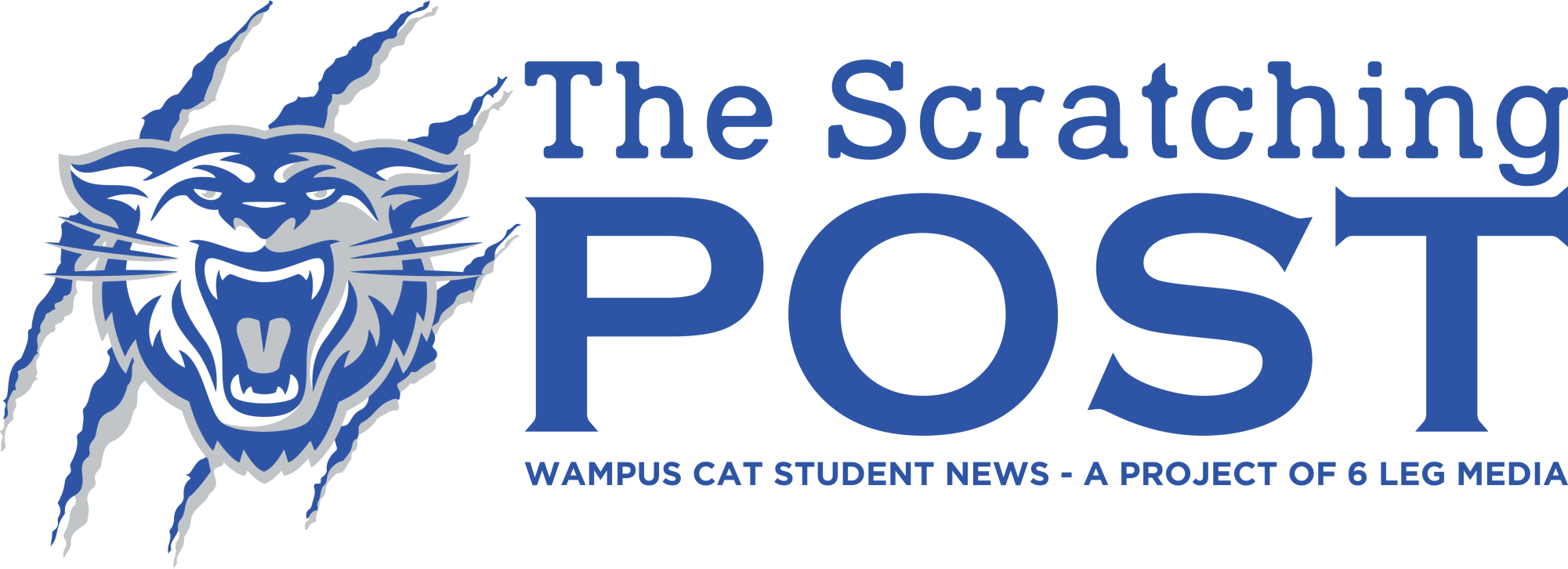
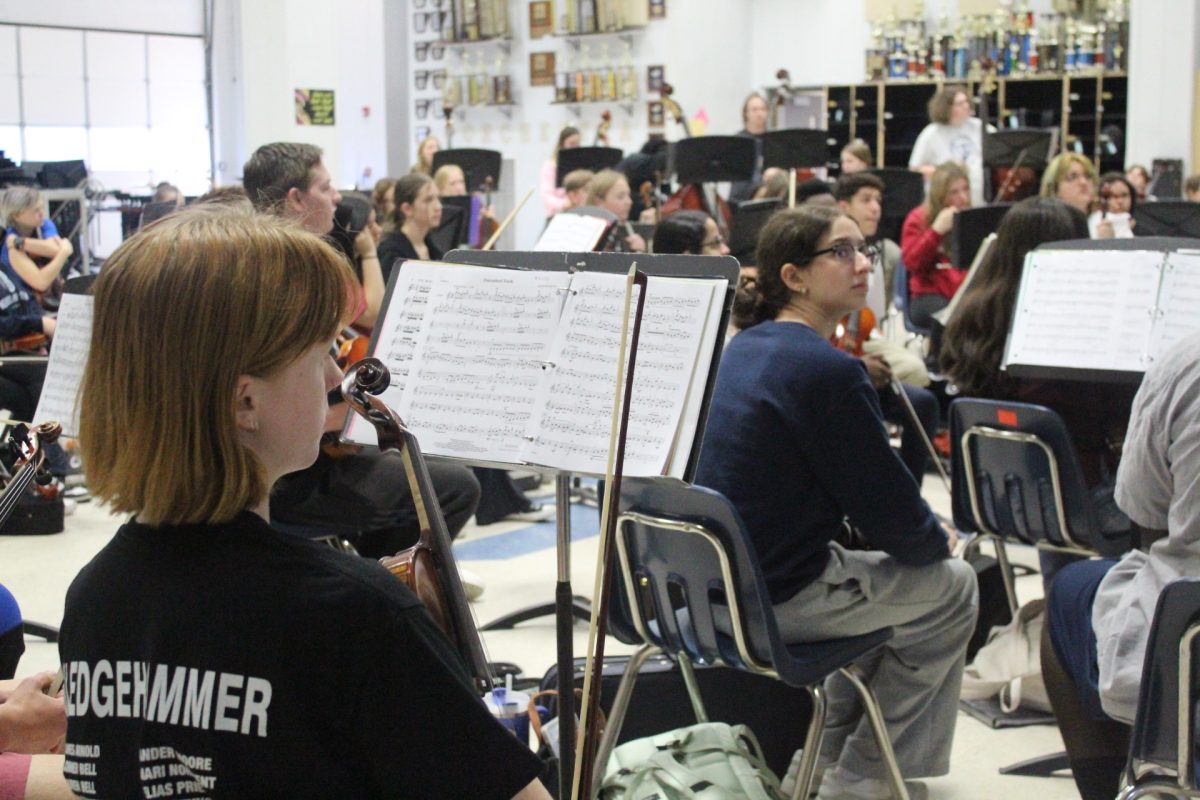









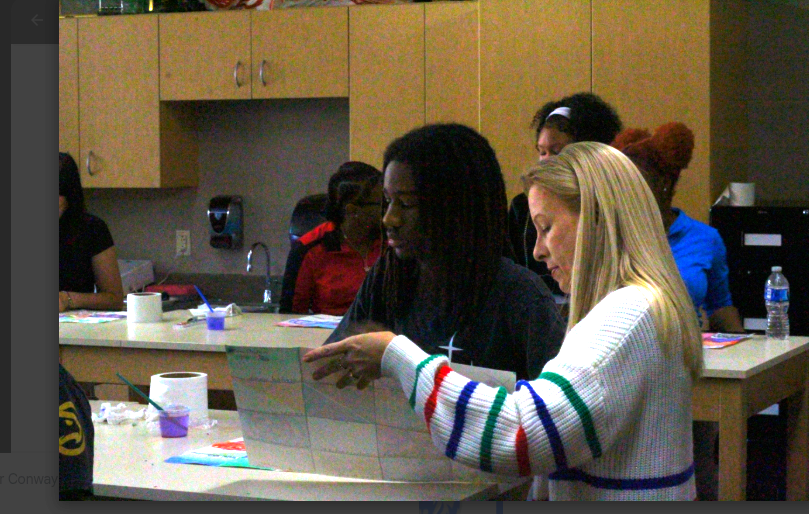



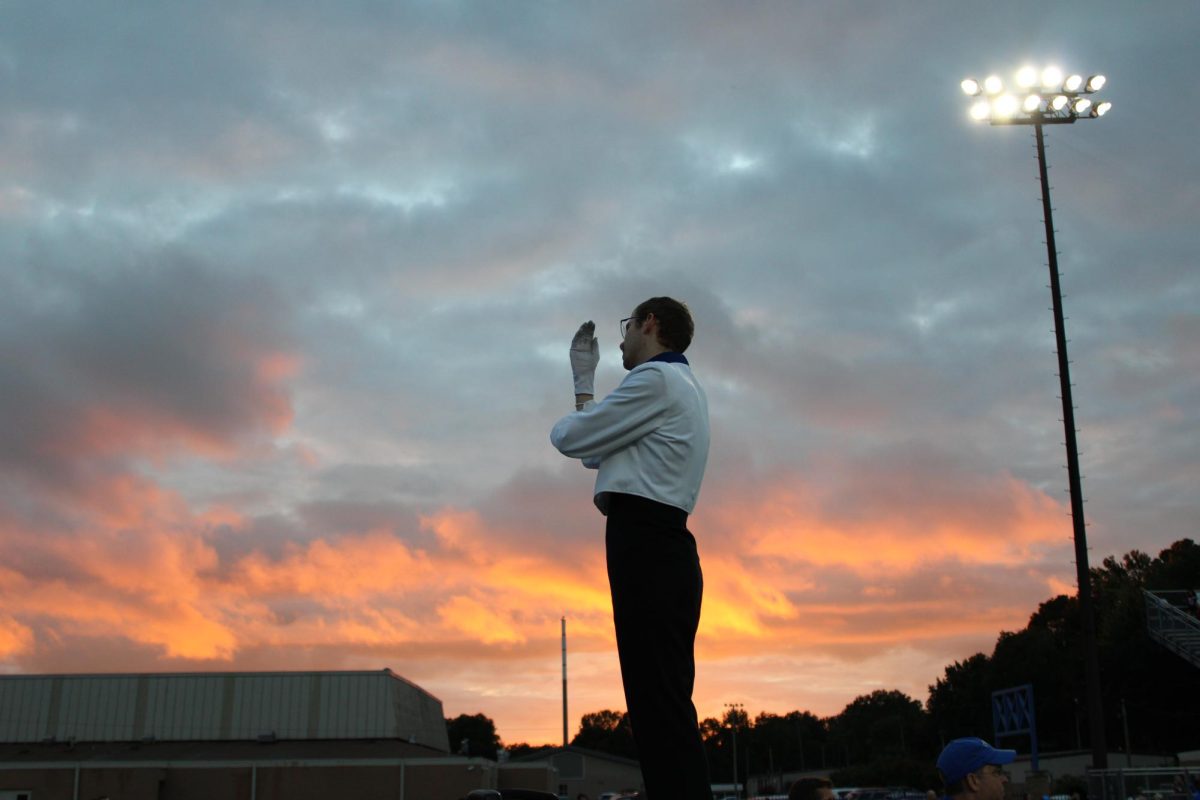



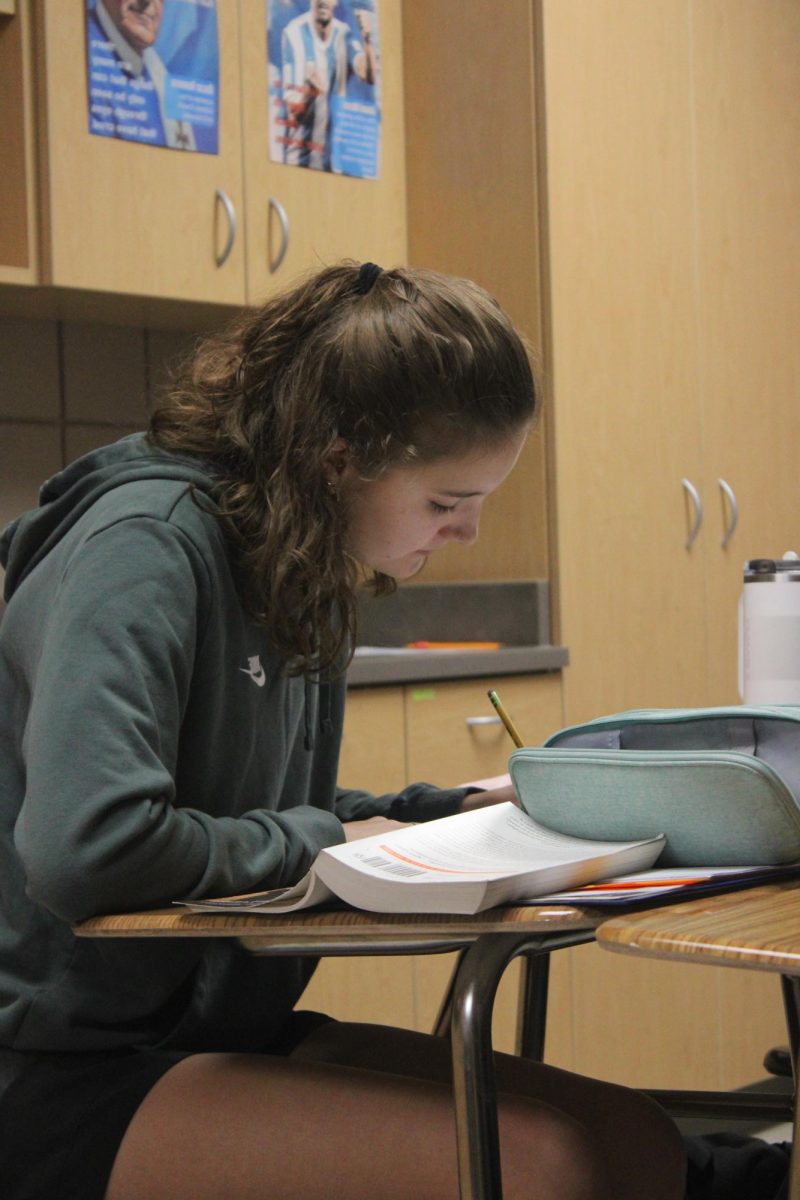




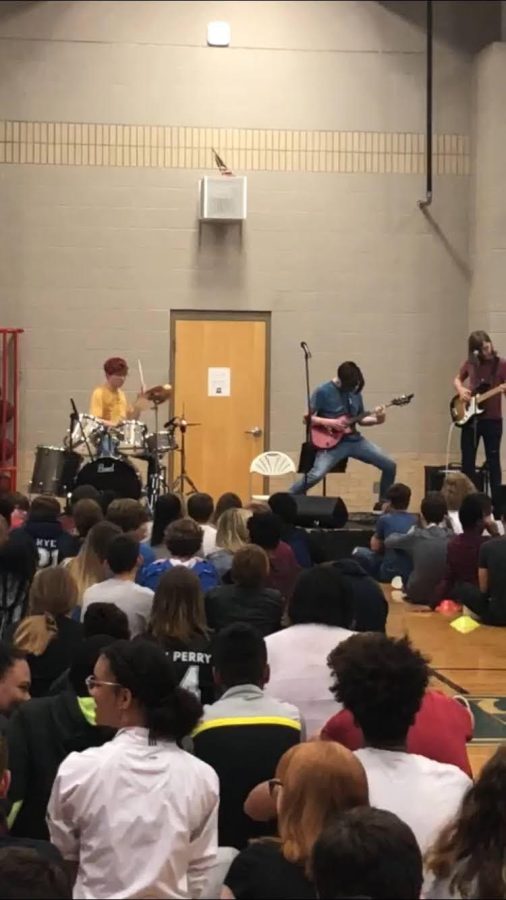

Avery • Oct 8, 2021 at 1:04 pm
This is really good for people who want to get into songwriting but don’t know where to start! Very helpful 🙂
Mary • Oct 4, 2021 at 10:27 pm
I enjoyed the peek into the creative process for songwriting.